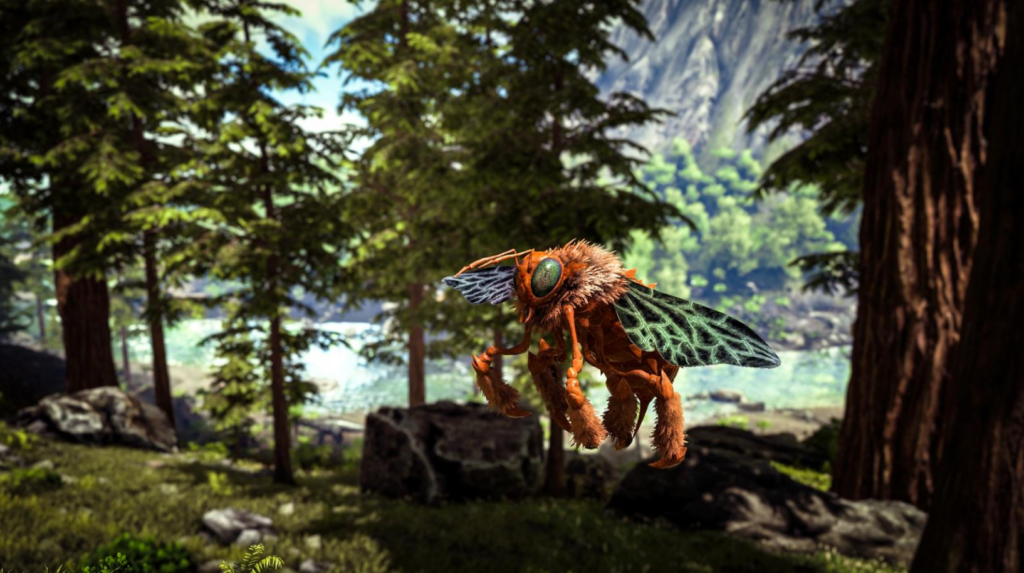

Specimens from the southeastern US have been placed in a separate species, Castoroides dilophidus, based on differences in premolar and molar features. The known North American distribution of giant beaver is not significantly changed by this occurrence. The discovery of giant beaver remains in New Brunswick adds significantly to the Quaternary terrestrial mammal fauna of New Brunswick, and suggests that the terrestrial fauna was probably richer than earlier evidence indicated. In Old Crow region, Castoroides fossils occur in deposits of the Sangamonian interglacial. A hitherto overlooked 1891 record of a Castoroides skull from near Highgate, Ontario is the earliest for Canada. In Canada, fossils of this species are commonly found in the Old Crow Basin, Yukon, and single specimens are known from Toronto, Ontario and Indian Island, New Brunswick. Skeleton in Minnesota Science Museumįossils of Castoroides are concentrated around the midwestern United States in states near the Great Lakes, particularly Illinois and Indiana, but specimens are recorded from Alaska and Canada to Florida. Remains of the giant beaver, along with Paleo Indian artifacts and the remains of the flat-headed peccary, giant short-faced bear, and the stag moose were found in the Sheriden Cave in Wyandot County, Ohio. Further, the deep masseteric fossa of the lower jaw suggests a very powerful bite. These strong enamel ridges would have acted as girders to support such long teeth. Castoroides had cutting teeth up to 15 cm-long with prominently-ridged outer surfaces.
Ark gamepedia creatures giant beever series#
Well-preserved skull of Castoroides ohioensis but with the mandibles lost, both zygomatic arches missing, and the facial portions of the maxillae broken away dental series complete and in good condition. ohioensis assembled from various specimensĬastoroides fossils were first discovered in 1837 in a peat bog in Ohio, hence the species epithet ohioensis. This genus typifies the extinct subfamily Castoroidinae, which forms a North American lineage beginning with the Hemingfordian genus Monosaulax, followed by Eucastor, Dipoides, and Procastoroides, to finally culminate and go extinct with Castoroides. These two species of giant beaver ( genus Castoroides) are not close relatives to modern beavers (genus Castor). Castoroides ohioensis, synonym Castoroides nebrascensis (found throughout continental United States and Canada).Castoroides dilophidus (found in Florida and the southeastern states only).

As a result, the giant beaver may have had inferior interactions in its environment, as well as less complex patterns of thoughts and behavior. One other major difference between the giant beaver and the modern beaver is that the size of its brain was proportionally smaller. Their teeth were also much larger, up to 15 cm (6 in) long. Modern beavers have incisor teeth with smooth enamel, while the teeth of the giant beaver had a striated, textured enamel surface. One of the defining characteristics of the giant beaver was their incisors, which differed in size and shape from those of modern beavers. The skull structure of the giant beaver suggests that it participated in extended underwater activity, thanks to the ability to take more oxygen into its lungs. It can only be assumed that its feet were webbed as in modern species. The tail was longer and may not have been paddle-shaped as in modern beavers. The hind feet of the giant beaver were much larger than in modern beavers, while the hind legs were shorter. Recent analyses suggest that they weighed less, closer to 77 kg (170 lb), but this is disputable.

This makes it the largest known rodent in North America during the Pleistocene and the largest known beaver.

The weight of the giant beaver could vary from 90 kg (198 lb) to 125 kg (276 lb). Their average length was approximately 1.9 m (6.2 ft), and they could grow as large as 2.2 m (7.2 ft). Species of Castoroides were much larger than modern beavers. dilophidus.ĭescription Restoration by Charles R. leiseyorum are considered to belong to C. leiseyorum was previously described from the Irvingtonian of Florida, but is now regarded as an invalid name.


 0 kommentar(er)
0 kommentar(er)
